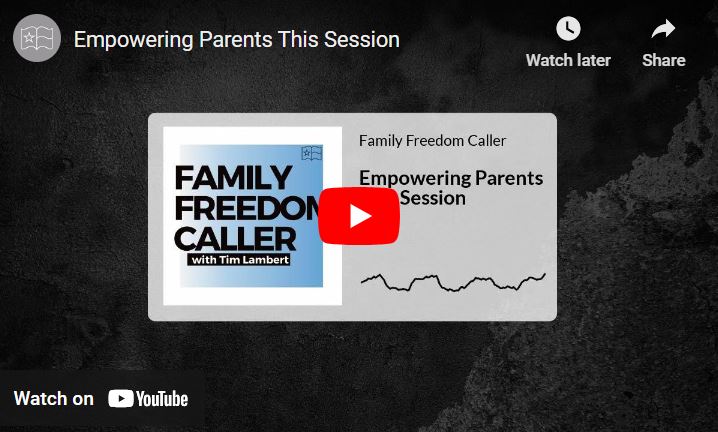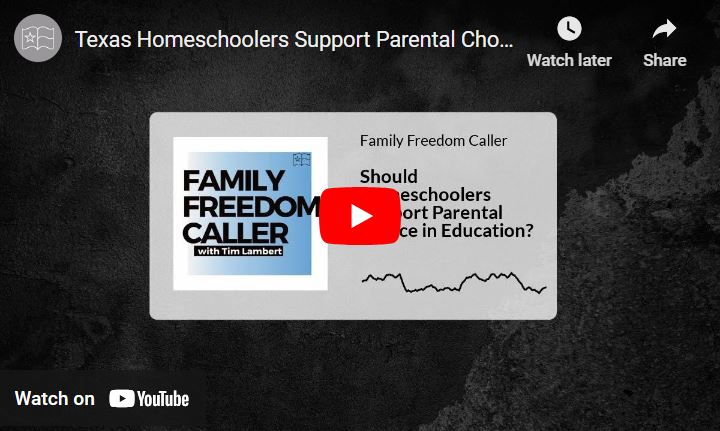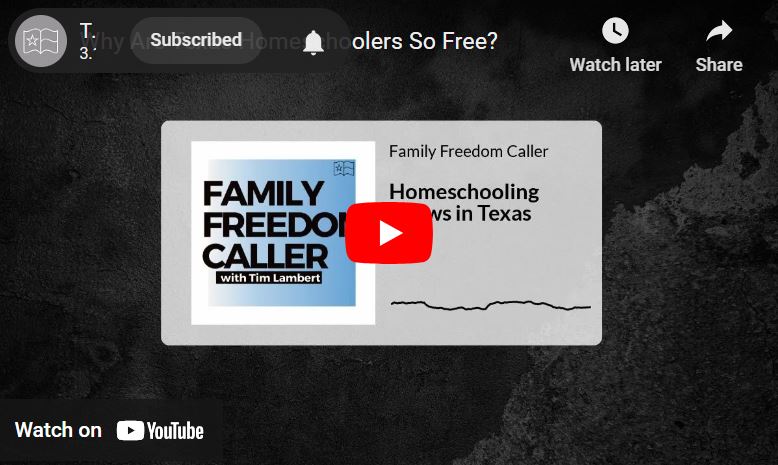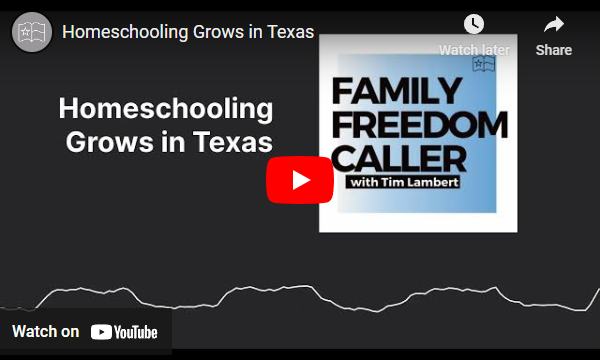United States Senator Rand Paul recently filed a bill that would allow homeschool families to take advantage of existing federal education funds for use in covering their educational expenses. The bill would establish “education savings accounts” for homeschool students.
We have received questions from numerous families regarding what this bill means for homeschooled students and how it would work. The following information provides an overview of how Rand Paul’s “SCHOOL Act” would work for homeschool students if it is passed by Congress.
What are Education Savings Accounts?
Education savings accounts are government-authorized accounts that federal or state funds are deposited into. These can be used by families to pay for expenses such as curricula or educational classes.
The education savings accounts established by the bill would be available to both private and homeschool students. The expenses they could be used to pay for include:
- Curriculum and curricular materials
- Books or other instructional materials
- Technological educational materials
- Online educational materials
- Tutoring or educational classes outside the home
- Private school tuition
- Extracurricular activities
- Testing fees
- Diagnostic tools
- Educational therapies for students with disabilities.
Parents who participate in the program would be authorized to withdraw funds from these accounts in order to pay for the types of expenses listed above.
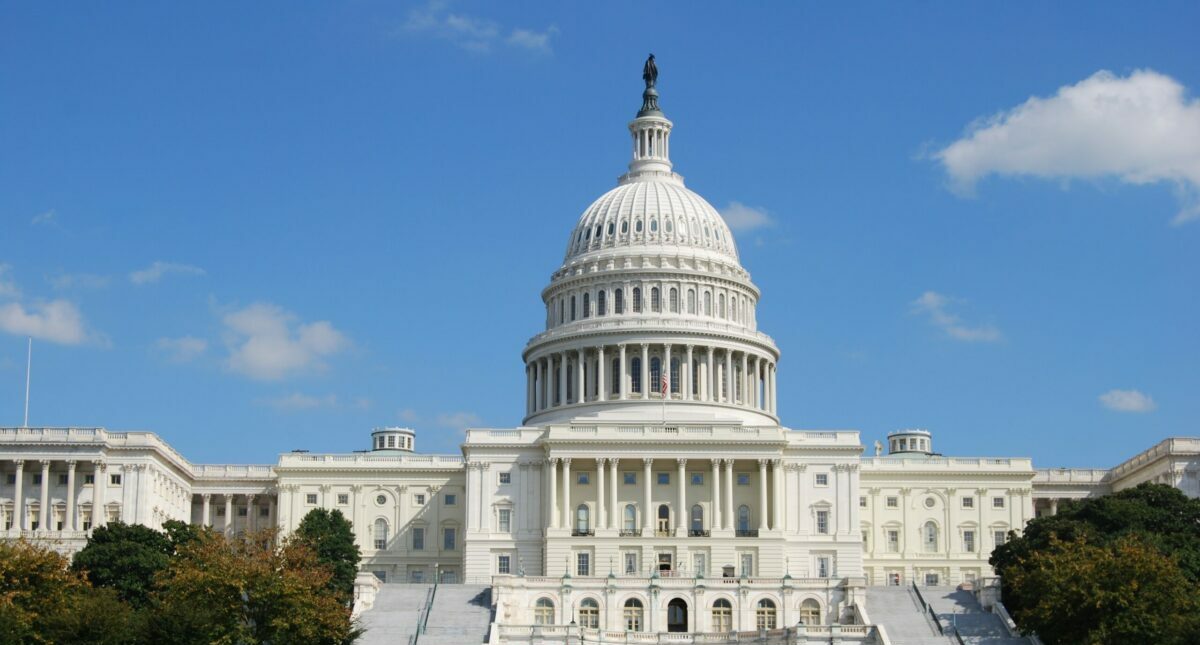
How Does the Bill Work?
In 1965, Congress passed the Elementary and Secondary Education Act of 1965, which provided federal education grants to states.
The grants were intended to close educational achievement gaps and provide all children with opportunities to receive high-quality education.
In 1990, Congress also passed the Individuals with Disabilities Education Act, authorizing federal education grants to educate students with disabilities.
Sen. Paul’s bill would amend both the Elementary and Secondary Education Act of 1965 and the Individuals with Disabilities Education Act to allow these grant funds to be used by all students (public, private and homeschool), instead of just public school students.
Under the bill, each private school or homeschool student would be allocated an amount equal to that allocated for each public school student in the school district where the private school or homeschool student is located.
Additionally, the bill also specifically prohibits federal or state control over private schools and homeschools due to the use of education savings accounts by stating, “Nothing in this section shall permit, allow, encourage, or authorize Federal or State control over non-public education providers.’’
Families with additional questions about how the “SCHOOL Act” would work can also contact Senator Paul’s office directly to get more information.
United States Senator Rand Paul recently filed a bill that would allow homeschool families to take advantage of existing federal education funds for use in covering their educational expenses. The bill would establish “education savings accounts” for homeschool students.
We have received questions from numerous families regarding what this bill means for homeschooled students and how it would work. The following information provides an overview of how Rand Paul’s “SCHOOL Act” would work for homeschool students if it is passed by Congress.
What are Education Savings Accounts?
Education savings accounts are government-authorized accounts that federal or state funds are deposited into. These can be used by families to pay for expenses such as curricula or educational classes.
The education savings accounts established by the bill would be available to both private and homeschool students. The expenses they could be used to pay for include:
- Curriculum and curricular materials
- Books or other instructional materials
- Technological educational materials
- Online educational materials
- Tutoring or educational classes outside the home
- Private school tuition
- Extracurricular activities
- Testing fees
- Diagnostic tools
- Educational therapies for students with disabilities.
Parents who participate in the program would be authorized to withdraw funds from these accounts in order to pay for the types of expenses listed above.

How Does the Bill Work?
In 1965, Congress passed the Elementary and Secondary Education Act of 1965, which provided federal education grants to states.
The grants were intended to close educational achievement gaps and provide all children with opportunities to receive high-quality education.
In 1990, Congress also passed the Individuals with Disabilities Education Act, authorizing federal education grants to educate students with disabilities.
Sen. Paul’s bill would amend both the Elementary and Secondary Education Act of 1965 and the Individuals with Disabilities Education Act to allow these grant funds to be used by all students (public, private and homeschool), instead of just public school students.
Under the bill, each private school or homeschool student would be allocated an amount equal to that allocated for each public school student in the school district where the private school or homeschool student is located.
Additionally, the bill also specifically prohibits federal or state control over private schools and homeschools due to the use of education savings accounts by stating, “Nothing in this section shall permit, allow, encourage, or authorize Federal or State control over non-public education providers.’’
Families with additional questions about how the “SCHOOL Act” would work can also contact Senator Paul’s office directly to get more information.


